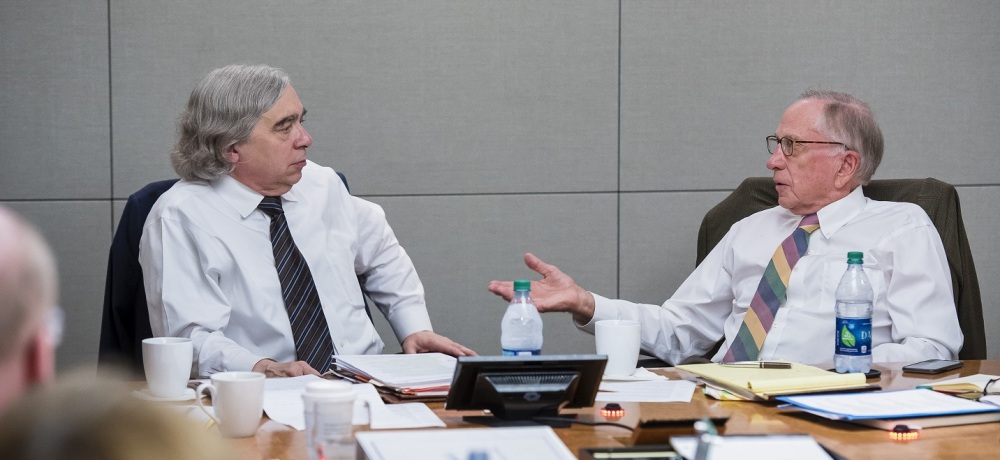
NTI’s Lynn Rusten on Defense Department’s New Strategy for Countering Weapons of Mass Destruction
The DoD’s new CWMD strategy, last updated in 2014, comes at a time when longstanding norms against nuclear use are being tested.
“Today’s outcome of the Hanoi summit leaves the door open to
progress but reminds us of the hard work ahead.
The results of the Trump-Kim meeting confirm our view that a successful
diplomatic outcome between the United States and North Korea will require
sustained efforts and detailed negotiations, given the complexity of the issues
and the long history of mistrust between the two countries.
It appears that both the United States and North Korea engaged
in substantive discussions on the key issues that must be tackled in a
negotiated agreement, including the nature and scope of denuclearization, the
breadth of sanctions relief, and the logical next steps toward building peace
on the Peninsula and improving bilateral relations. Each side put forth their objectives and
identified the fundamental conflicts between them, and the negotiating
challenges are clear.
Moving forward, the two
leaders should empower and instruct their envoys to begin in-depth, technical
negotiations as part of a step-by-step process to work incrementally to achieve
the goals of verifiable denuclearization, peace-building, and normalization—closely
coordinating with U.S. allies and partners. This challenging work will
take time, but it is important to recognize and take advantage of the opportunities
for diplomatic progress that remain, moving forward from Hanoi.”
Sign up for our newsletter to get the latest on nuclear and biological threats.
The DoD’s new CWMD strategy, last updated in 2014, comes at a time when longstanding norms against nuclear use are being tested.
The paper highlights the need for renewed attention to the catastrophic effects of nuclear conflict as a crucial step toward reducing the risk of nuclear use.
A new report from NTI highlights the critical need for a global diplomatic approach to address growing cyber risks, including, where possible, through cooperation between the United States and Russia.


